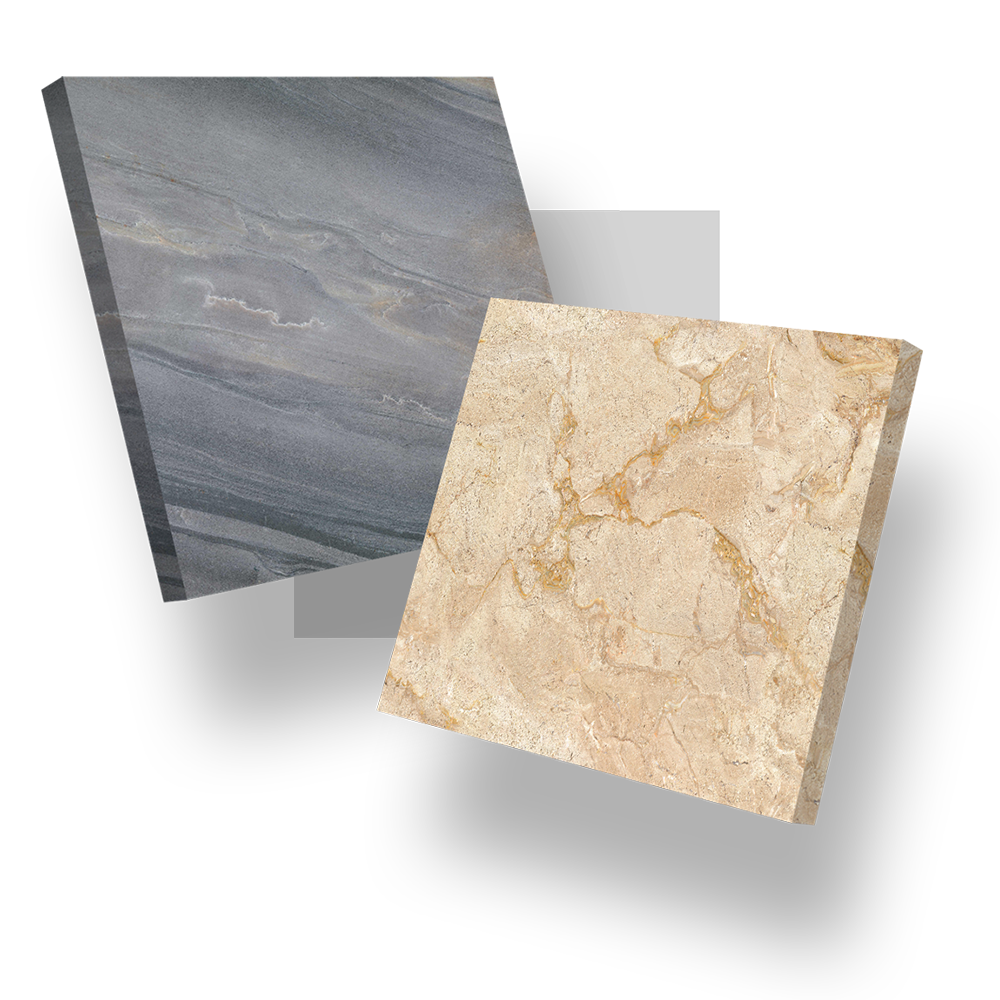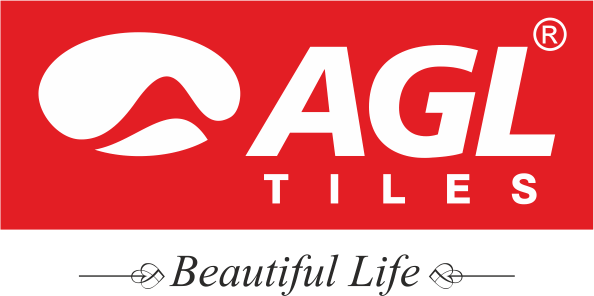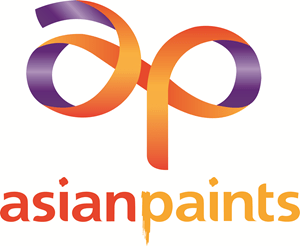Tiles SUPPLIER
Tiles supplier in Mumbai
We are one enterprises supply tiles and We are dedicated to being a premier Tiles Supplier Company with quality and variety. we are known to be a leading Tiles Supplier that has a wide range of tiles that people can choose from. The importance of tiles supplier customer satisfaction and the need to offer the best quality products in the market are some of the core competencies embedded into our business. If you are redoing your house or even planning a building for your business ,We Are One Enterprises provides tiles for both residential an commercial places that are strong and elegant. Over the years, Tiles Supplier has become famous in the market due to its ability in delivering qualitativeTiles services. Use We Are One Enterprises as your preferred Tiles Supplier and enjoy numerous benefits that make up our overall customer satisfaction.

Polished tile is ceramic tile that has very little pores. The flooring is a replacement for marble and granite. Because of its resistance to water absorption. and snow, ceramic tiles are often used outdoors. The surface it covers is a replacement for marble and granite. Clay, quartz, feldspar, and silica are mixed to form glossy surfaces, which are then hydraulically compressed to form ceramic tile. As a result, they merged into a single, hard mass with limited flexibility. Different clay materials convert at different temperatures.
Types of tiles
- Floor Tile
- Wall Tile
- Ceramic Tile
- Vitrified Tiles
- Outdoor Tiles
- Staircase Tiles
Types of vitrified tiles
- Soluble salt vitrified tiles are screen printed and polished.
- When double charge vitrified tiles are run through a press, a double layer of pigment, which is 3 to 4 mm thicker than the pigment used on other types of tiles, is used to print the pattern. While this method does not allow for elaborate patterns, it produces a tile surface that is durable and ideal for commercial projects with high traffic. The design layer shouldn’t be thicker than 4mm because doing so could reduce the tile’s strength.
- Pigment covers the entire body (thickness) of full-body vitrified tiles. This reduces the visibility of chips and scratches and makes it the perfect option for high activity areas, but the procedure greatly raises the cost.
- The surface of glazed vitrified tiles (GVT) is glazed. Design, artwork, and surface textures like wood grain, bamboo, slate, or stone are all available in a wide range of them. This is likewise a pricey process, however as digital printing processes are introduced, the price is decreasing.
Product Recommendation Chart - Tile & Stone Adhesive
Product | Application |
RTB (T22) | Internal Floor where conventional tile fixing ( Cement or machan + Slurry ) |
NCA (T01) | Tile on internal floor & Ceramic Tiles on wall for cement-based substrate. |
NSA - Gray (T02) | Fixing Vitrified tiles & dark color stones up to 2*2 feet on floor & wall , Ideal for tile-on-tile application for internal area. |
NSA - White (T09) | For fixing Vitrified tiles & all types of light-colored stones up to 2*2 feet on internal wall & floor and tile-on-tile area |
Vitrofix Grey (STA) (T03) | For fixing any size tile at height of 10 ft for internal application |
Vitrofix White (STA) (T04) | For fixing light-colored stones & tile size of >2*2 feet on internal wall & floor and for fixing Glass tiles, Glass mosaics |
Vitrox Ultra Grey / White (T05/T06) | For fixing any size tile at height of 10 ft for internal application |
Extrofix White / Grey (T07/T08) | For fixing any size tile at any height for external application. Tile fixing at vibrational area like window / door frame, lift area. |
Vertifix (T24) | 1. Spot Bonding for anything to Anything 2. Door / Window Fame anchoring 3. Fast Setting area (15 minutes ) |
Master-Fix(T29) | 1. Fixing all tile & stone on Gypsum, ement, bison, MDF, Plywood, Dry Bords Metel, Glass & various substrate. 2. Metal / engineered stone / Glass tile fixing on multiple substrates |
Brand Associated





